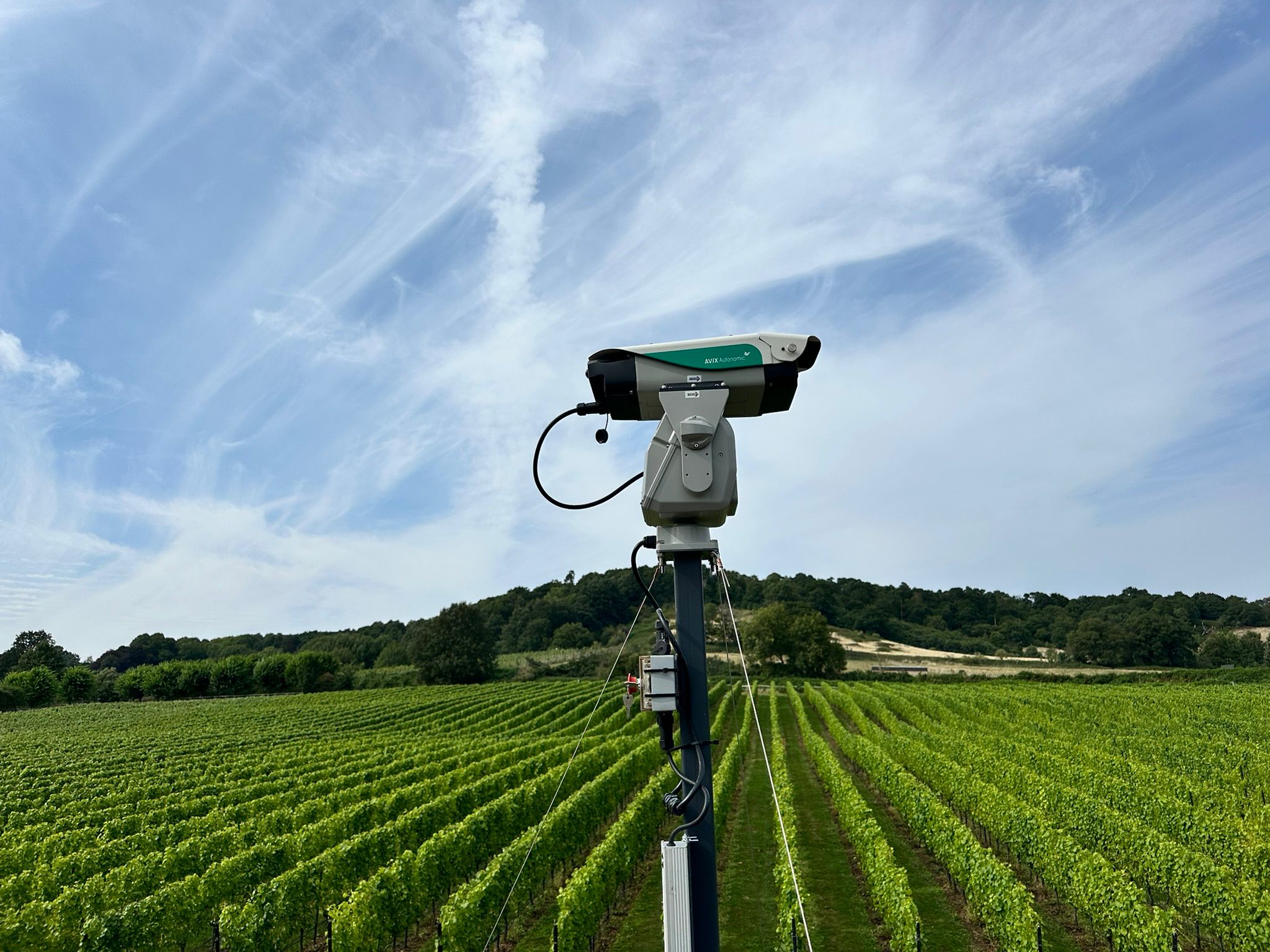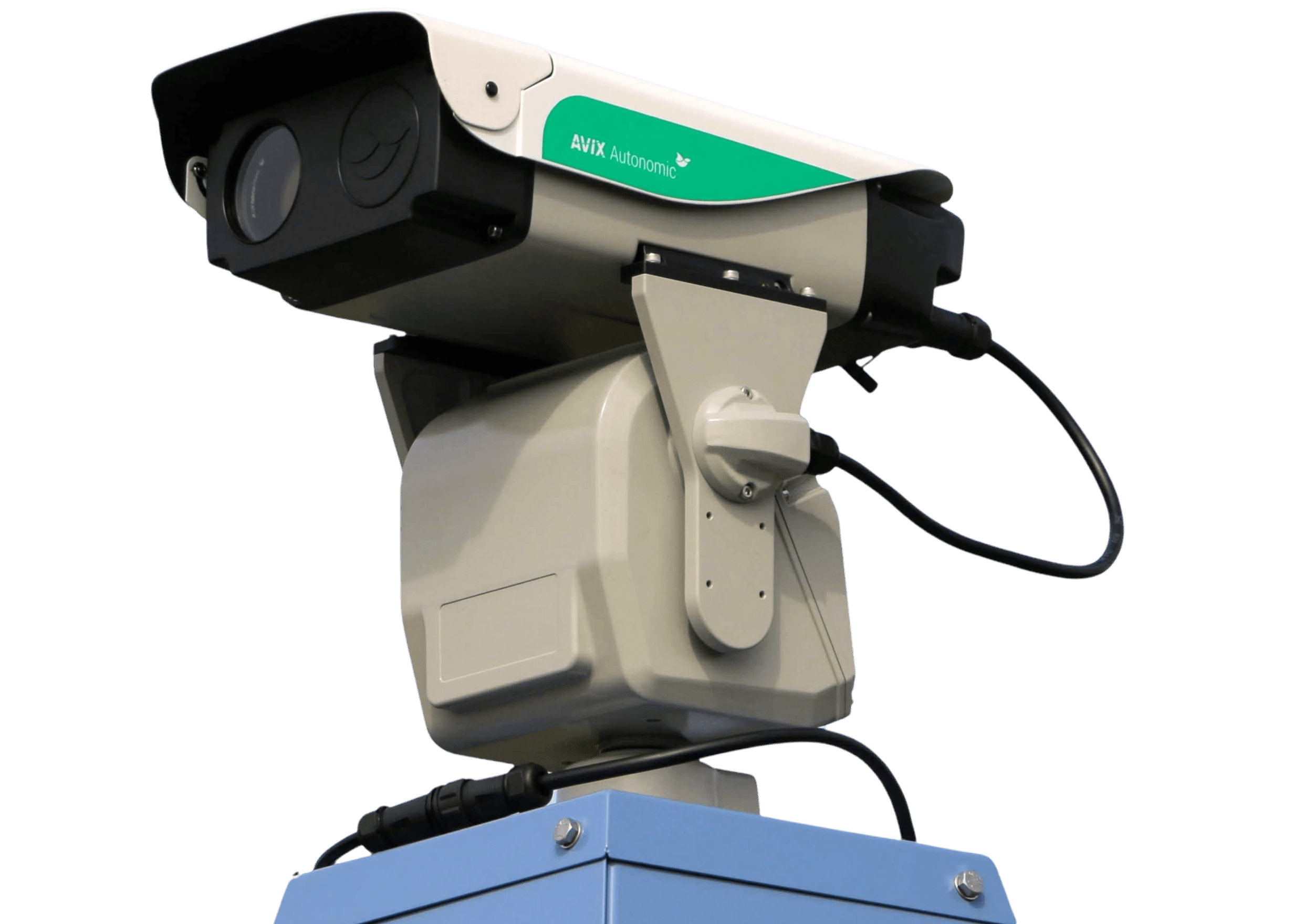Avian Flu Outbreak: Protect Your Poultry Farm with Laser Bird Control
Avian Flu Outbreak: Protect Your Poultry Farm with Laser Bird Control
The news from County Tyrone has been a strong reminder of just how quickly things can go wrong. Twenty thousand chickens are being culled after suspected bird flu was found at a farm near Omagh. For anyone working in poultry, that number hits hard. Not just the financial loss, but the time, the effort, everything that goes into building a healthy flock, gone.
If you’re reading this, you’re probably wondering what you can do to protect your own operation. After working with farms across the UK for years, the worry that comes with each new outbreak is familiar, especially as we enter the high-risk period between October and March.
Why This Outbreak Matters
This is the first commercial case in Northern Ireland since February 2025. The farm in Omagh saw mortality rates jump from three birds one day to 20 the next, then over 300 after samples were taken. That’s the frightening reality of highly pathogenic avian influenza. It moves fast.
According to DAERA veterinary officer Ignatius McKeown, “We’re now starting to enter the high-risk period for avian influenza and that is signalled by the movement of migratory birds.” He urged poultry farmers to review their biosecurity measures to prevent further outbreaks. The message is clear: act now, not when you start seeing sick birds.
Where Wild Birds Fit In
Here’s what most people don’t realise about avian flu transmission. Wild waterfowl, especially ducks and geese, are the natural carriers of these viruses. They often show no symptoms themselves, but they contaminate your farm through their droppings.
Research from Wageningen University in the Netherlands tracked wild mallards visiting a free-range poultry farm. The birds came at night, between sunset and sunrise, landing in free-range areas and on surrounding pastures. When the chickens came out in the morning, they were walking through contaminated ground and drinking from puddles that wild birds had visited hours earlier.
That’s the transmission route nobody sees happening. Your staff arrives in the morning, the farm looks fine, but the virus is already there in the grass and the water.
If your farm is near wetlands, migration routes, or you’ve seen wild waterfowl visiting your property, it’s worth getting a professional site assessment to identify your specific risk areas.
What Official Biosecurity Guidance Actually Says
DAERA and other veterinary authorities stress several key measures:
The first point is the hardest to implement. How exactly do you keep wild birds away? Traditional methods like netting can work for small areas, but what about free-range farms? What about the surrounding fields where geese land at night?
This is where many farms struggle, and where specialist bird control solutions can make a practical difference.
Laser Bird Control as Part of Your Biosecurity Plan
Let’s be clear from the start. Laser bird control isn’t going to solve every biosecurity problem. You still need all the basics in place: proper cleaning protocols, restricted access, biosecurity at entry points. But where lasers make a real difference is in keeping wild birds away from the areas where your flock lives and feeds.
The research backs this up. Wageningen University found that automated laser systems achieved a 99.7% reduction in wild duck visits to free-range areas. When the laser was operating between 5pm and 10am (when chickens were in the barn), mallards simply stopped coming to that area.
Similar studies in Taiwan found that laser systems effectively repelled wild birds from poultry farms, with one study showing a 98.2% overall reduction in wild bird visits. These aren’t marketing claims. These are peer-reviewed studies published in scientific journals.
How Laser Systems Actually Work
Wild birds see the green laser beam moving across the ground and react to it as a physical threat. Their instinct is to avoid it immediately. The key is that modern automated systems use random patterns, so birds don’t learn to ignore them like they do with scarecrows or noise cannons that go off on a schedule.
Our automated systems (like the AVIX Autonomic Mark II) run continuously and cover large areas, up to 12 acres. For farms in high-risk areas near wetlands or migration routes, this kind of coverage matters. The laser operates when your birds are inside, keeping wild waterfowl away from the free-range area overnight and in the early morning when they’re most active.
We also provide handheld systems for smaller operations or for targeting specific problem areas. Some farmers use these during the day to clear birds from particular zones before letting their flock out. Learn more about both automated and handheld options.

What This Looks Like in Practice
A poultry farmer in the Netherlands who uses automated laser systems described the results as “stunning” – geese that had regularly visited his farm simply stopped coming.
A UK poultry farm, Orchard Eggs in East Sussex, uses laser deterrents specifically to protect against avian flu. After struggling during the 2016/17 housing order and outbreak, owner Daniel Hoberichts installed automated laser systems on his free-range farm. The results were significant: a reduction of more than 90% in wild bird visits, particularly crows and pigeons. “The results were really quite extraordinary,” he said. “We did not see any of them.” This is the kind of proactive approach that helps farms maintain their free-range status whilst protecting their flocks during high-risk periods.
That’s the practical reality. It’s not about creating a bird-free zone across your entire county. It’s about making your farm less attractive to wild birds than the field next door.
This Needs to Fit Your Specific Situation
Every farm is different. A free-range operation near a wetland has different risks than an indoor facility. A farm that’s been hit by avian flu in the past needs more aggressive measures than one in a lower-risk area.
That’s why we start with a site survey. We need to see where wild birds are landing, what species you’re dealing with, what water sources are nearby. Then we can design a system that actually addresses your specific exposure points.
Book a free site survey to see what would work for your operation.
For farms in high-risk areas like those near the wetlands of Northern Ireland, or anywhere along major migration routes, the investment in laser deterrents makes sense as part of a broader biosecurity strategy. During the October to March high-risk period, it’s an extra layer of protection when it matters most.
What You Should Do Now
The outbreak in Omagh is a reminder that avian flu is still circulating in wild bird populations. Minister Andrew Muir said we can’t afford to be complacent, and he’s right.
If you haven’t reviewed your biosecurity measures recently, do it now before the winter migration season gets into full swing. Look at where wild birds could be getting access to your farm. Check your water sources. Walk your perimeter.
If you’re in a high-risk area or you’ve had problems with wild birds in the past, it’s worth looking at deterrent systems as part of your overall plan. The research shows they work. The farms using them report real results. Speak to our team about what would work for your specific situation.
The last thing anyone in poultry wants is to see their flock on the news as the next outbreak. With avian flu, the best time to improve your biosecurity was last month. The second-best time is today.
Integrated Bird Management: Laser Deterrents
Integrated Bird Management offers the AVIX Autonomic Mark II, an advanced laser bird deterrent that provides continuous, automated protection against nuisance birds. Birds see the laser as a physical threat and immediately leave the area, making this a highly effective and humane solution.
Unlike traditional methods, the AVIX Autonomic is silent, preventing noise disturbances, and birds do not become accustomed to it, ensuring long term success. With low maintenance requirements, the system operates efficiently with only a laser bulb replacement every 3-5 years.
Key Benefits Include:
Get a Quote
To provide you with the local support that you need, we rely on a network of trusted partners around the world. Please fill out the form below to begin.

